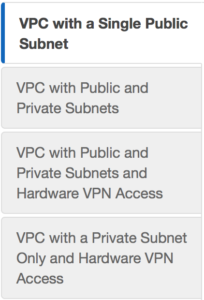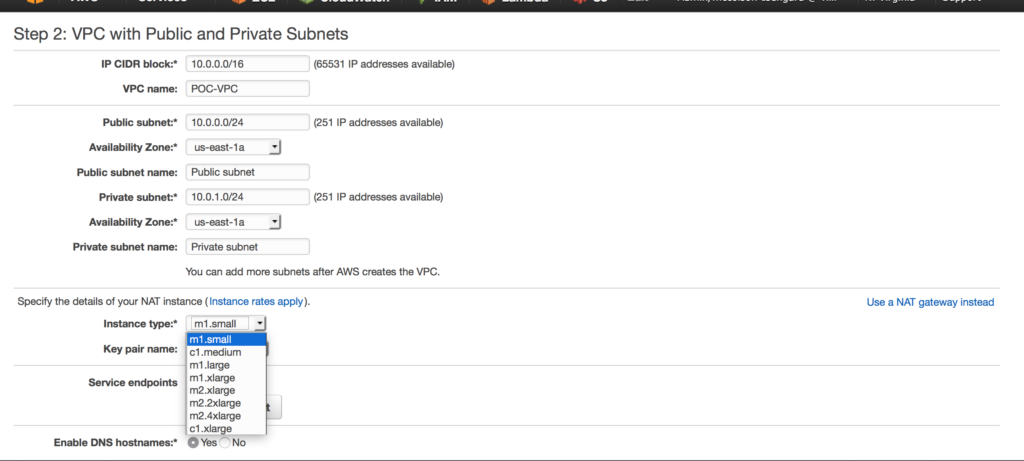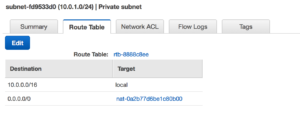 Again it’s the weekend and no one is reading these posts anyway so I figured I would try my
Again it’s the weekend and no one is reading these posts anyway so I figured I would try my
hand at a bait click type post. I have changed jobs, a lot through out my career. So while I could talk about putting together the perfect resume, or coping with interview questions I thought man there are some really basic things to consider when even thinking about making a career change.
Before we get into what these top 5 things are, it’s important to note that this is going to be different for everyone you need to first do some introspection and decide what is important to you. Also know that it’s dependent on where you are in your career I will try and address that a little here.
 #1: Find something challenging – This may sound like a no brainer but often time we get bored with our current job and really are looking for more of a challenge. So when you go looking for a new job be sure you aren’t just making a lateral move to do more of the same, otherwise you will be stuck in the same situation a year later and not have gained any new skills to market. I’ve done this before and really kicked myself for it. For those of you just starting out challenging is just getting your foot in the door, if you are fresh out of school or just trying to break into the job market the last thing you want to be is picky take the leap because for you the challenge will be starting to build your career and any job is the first step. Don’t confuse this with finding a gig that brings you passion, you need to find that passion in yourself for whatever you are doing. To me that’s more about the career path than just the job, I don’t need a company to inspire my passion I find it in what I am working on or trying to learn.
#1: Find something challenging – This may sound like a no brainer but often time we get bored with our current job and really are looking for more of a challenge. So when you go looking for a new job be sure you aren’t just making a lateral move to do more of the same, otherwise you will be stuck in the same situation a year later and not have gained any new skills to market. I’ve done this before and really kicked myself for it. For those of you just starting out challenging is just getting your foot in the door, if you are fresh out of school or just trying to break into the job market the last thing you want to be is picky take the leap because for you the challenge will be starting to build your career and any job is the first step. Don’t confuse this with finding a gig that brings you passion, you need to find that passion in yourself for whatever you are doing. To me that’s more about the career path than just the job, I don’t need a company to inspire my passion I find it in what I am working on or trying to learn.
#2: Have a goal in mind – It’s easy to go looking for a new job but along with looking for a challenge you should have a career goal in mind. I actually have two sets of goals for my career a financial goal which has milestones of where I want to be earnings wise, this list rarely changes or fluctuates but I have taken steps backwards to take steps forward later. I also have a skills goal list which changes sometimes weekly, this is where I keep up to date on industry trends and try and make determinations of where I see the industry I work in going and what technologies are going to win out. Everyone should have these lists and keep them written or digitally around you and review them often.
#3: Benefits – The package you will be offered from an employer is negotiable on many fronts. Understanding that upfront is important because you can ask for more leave, or ask for signing bonuses etc. But you need to take into account the full cost of benefits before accepting or turning down a job. Account for the 401k vestment cycle and the corporate contributions, if there isn’t a 401K ask the HR rep what the retirement plan options available to you are, I don’t want to be paying for your old butts because you didn’t take advantage of what is essentially free money. Health, dental, vision are all common as well but knowing what you can expect to pay monthly and how much the company pays needs to be known so you can compare to your existing job. For you newbies the comparison doesn’t matter as much as knowing that you will have coverage. A lot of companies now have additional discount or employee programs that you can take part in all of that needs to be calculated to help you make your up or down vote on whether or not to accept. My wife and I used to have an agreement she would work for benefits and I would work for pay, but with the rise in premiums at her company we started looking far more closely at the packages I was receiving when I moved around, and now I carry insurance for the whole family.
 #4: Work/Life Struggle – It’s not a balance it’s a struggle at the end of the day. If you are just starting off and don’t have a wife or kids you are good to go with putting in 60hr work weeks no problem. But as you get settled down it becomes more and more difficult with school activities, sports, date nights, family time it really is robbing Peter to pay Paul some days. Where I will go run a soccer practice from 6-7:30pm and then come home eat dinner and then sit down in the office for a few hours to catch up on work. When you are interviewing ask the question of what the expectations are for your work schedule. Ask what the social atmosphere of the office is and ask if they have programs for your kids.
#4: Work/Life Struggle – It’s not a balance it’s a struggle at the end of the day. If you are just starting off and don’t have a wife or kids you are good to go with putting in 60hr work weeks no problem. But as you get settled down it becomes more and more difficult with school activities, sports, date nights, family time it really is robbing Peter to pay Paul some days. Where I will go run a soccer practice from 6-7:30pm and then come home eat dinner and then sit down in the office for a few hours to catch up on work. When you are interviewing ask the question of what the expectations are for your work schedule. Ask what the social atmosphere of the office is and ask if they have programs for your kids.
 #5: Don’t rush – Honestly the worst thing you can do is rush to leave a company because you think you are done there. Take your time, look internally ask around if there are other opportunities for you or new challenges to take on. The one thing that I regret about moving around so much was that I never built up tenure at a single company or got to see the advantages that it grants you. My wife has been at the same company for 15 years and has more leave than she knows what to do with. If you rush you may end up in the same situation you are trying to leave or miss a marker that the place you are going isn’t all it’s cracked up to be.
#5: Don’t rush – Honestly the worst thing you can do is rush to leave a company because you think you are done there. Take your time, look internally ask around if there are other opportunities for you or new challenges to take on. The one thing that I regret about moving around so much was that I never built up tenure at a single company or got to see the advantages that it grants you. My wife has been at the same company for 15 years and has more leave than she knows what to do with. If you rush you may end up in the same situation you are trying to leave or miss a marker that the place you are going isn’t all it’s cracked up to be.
Remember that every job has it’s own stinky, dirty, awful messes to go with it. Changing jobs often isn’t for the faint of heart so what worked for me may not work for everyone. But if you find a challenge you want to take on that meets your goals and inspires passion in you than go for it.


 We can do a custom build, but the AWS console has a sweet little VPC wizard we can use. Let’s use the Wizard cause why not. So as you can see you have 4 options. We are going to select Option 2: a VPC with one public and one private subnet.
We can do a custom build, but the AWS console has a sweet little VPC wizard we can use. Let’s use the Wizard cause why not. So as you can see you have 4 options. We are going to select Option 2: a VPC with one public and one private subnet. in this case I am choosing a NAT gateway instead of a NAT instance. There are several reasons to choose one over another, one of the main differences is a NAT gateway will auto-scale whereas a NAT instance
in this case I am choosing a NAT gateway instead of a NAT instance. There are several reasons to choose one over another, one of the main differences is a NAT gateway will auto-scale whereas a NAT instance  requires a script for failover. Compare your options
requires a script for failover. Compare your options  By using the VPC wizard once it’s completed it’s set up our public subnet is also assigned an internet gateway. This means we now have external connectivity to our public subnet.
By using the VPC wizard once it’s completed it’s set up our public subnet is also assigned an internet gateway. This means we now have external connectivity to our public subnet. With that same setup the Private subnet is behind the NAT. We are ready to start building out our EC2 instances.
With that same setup the Private subnet is behind the NAT. We are ready to start building out our EC2 instances.